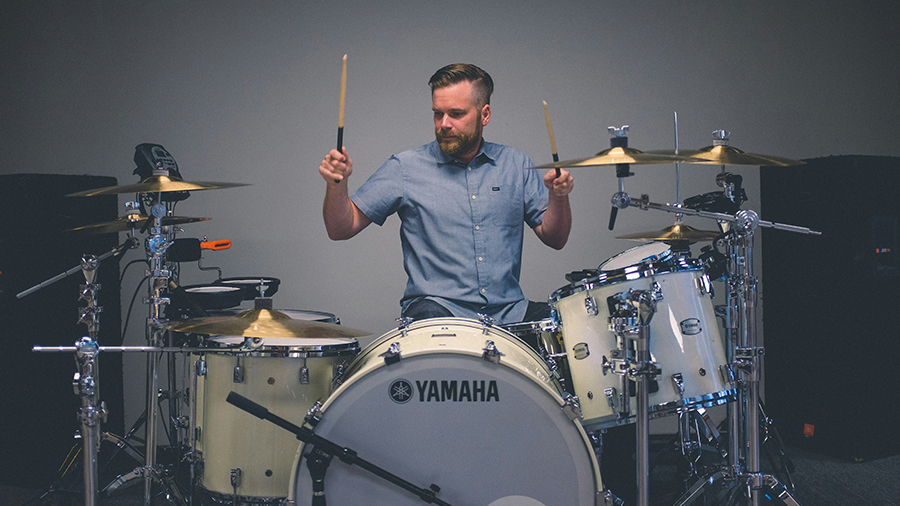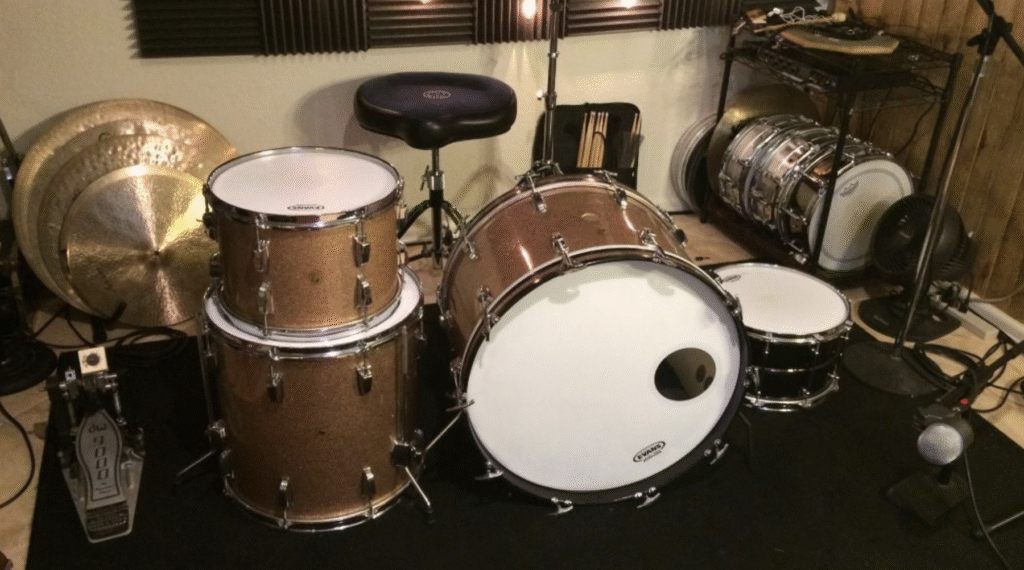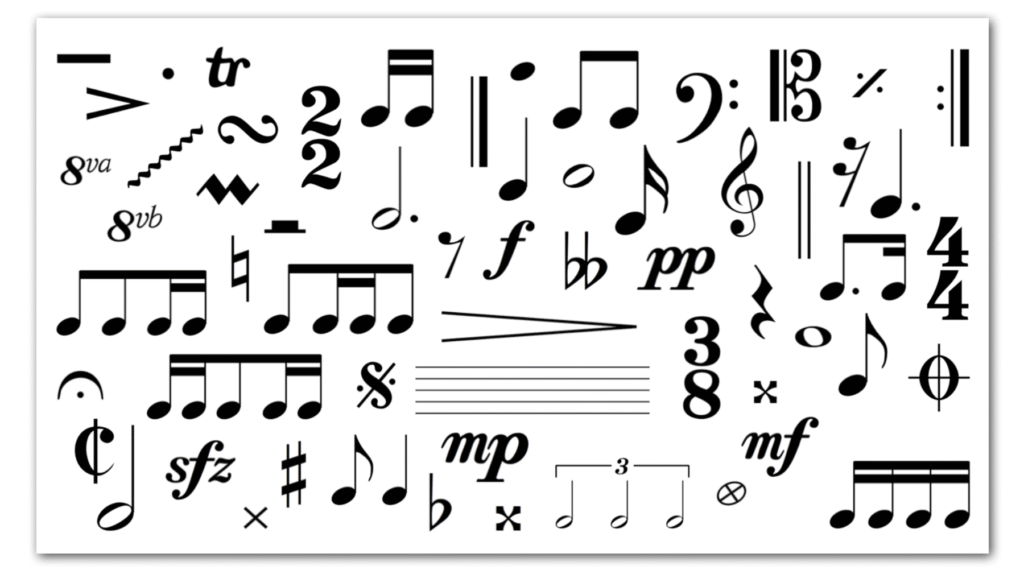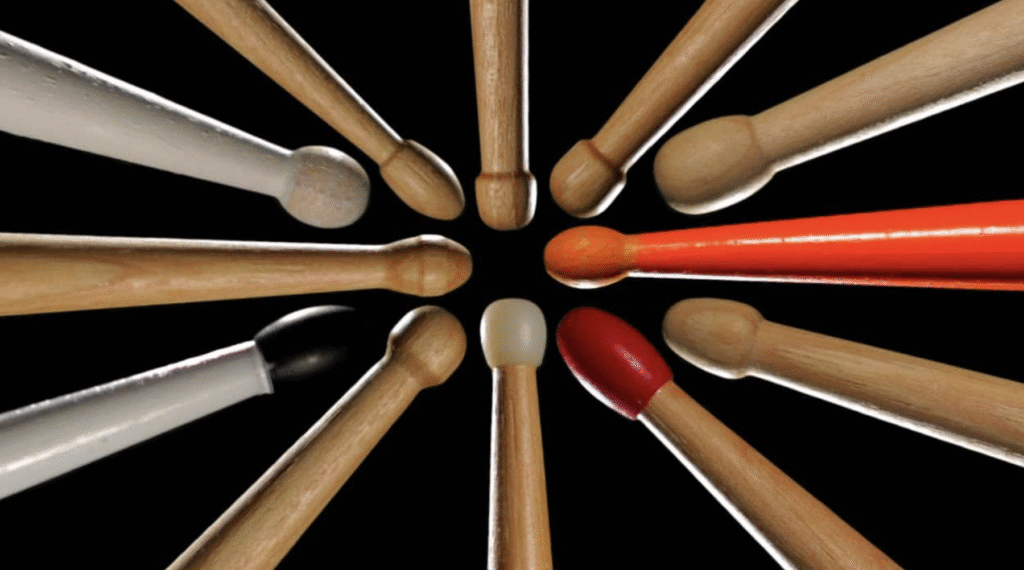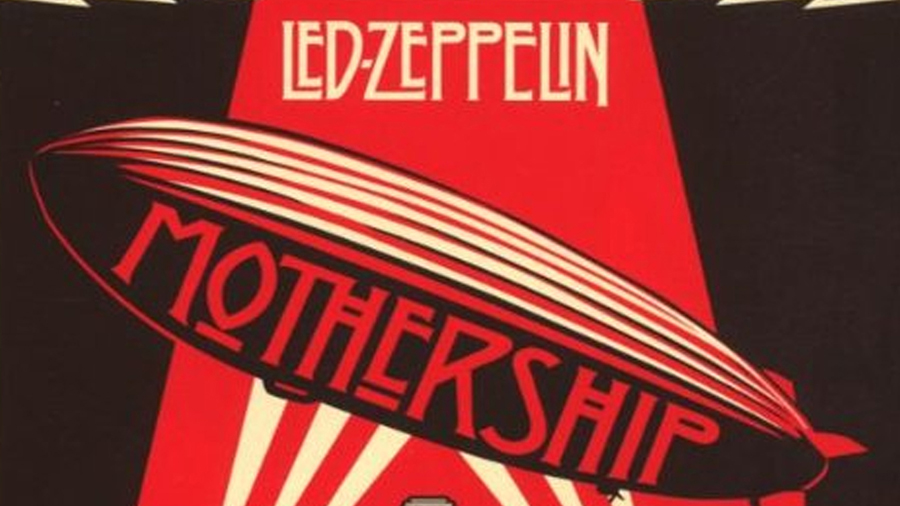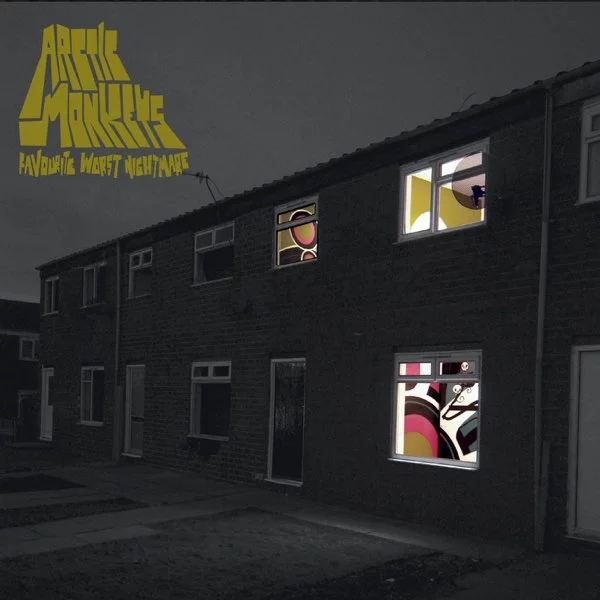How to Play a Double Stroke Roll
Learning how to play a double stroke roll is a major milestone for any drummer. This fundamental rudiment builds control, speed, and consistency. Once mastered, it opens the door to advanced rudiments, dynamic fills, and expressive playing.

This what a Double stroke roll looks like written with drum music. R = Right hand L = Left hand.
What Is a Double Stroke Roll?
The double stroke roll is a sticking pattern that alternates two strokes per hand:
Right-Right, Left-Left (RRLL RRLL…)
While it looks simple, executing it cleanly at speed takes control and technique. The goal is to make each stroke sound even in volume and rhythm.
Many drummers learn this rudiment early in their journey. However, returning to it regularly is essential for improving precision and touch.
Why Is It Important?
The double stroke roll forms the basis of many other rudiments. For example, you’ll find it in the five-stroke roll, seven-stroke roll, and elements of it in the Paradiddle and Drag.
More importantly, it develops rebound control. Unlike single strokes, which rely on alternating hands, the double stroke requires two quick hits from the same hand. This forces you to master finger control and wrist motion.
Additionally, this rudiment improves muscle memory and hand independence. As a result, your overall playing becomes smoother and more confident.
How to Start Practicing
Before rushing into fast rolls, begin at a manageable tempo. Use a metronome set between 60–70 BPM. Play the strokes cleanly and evenly, focusing on sound quality.
Here’s a step-by-step method:
-
Start slowly with the RRLL pattern on a practice pad.
-
Use wrist motion for the first stroke and finger control for the second.
-
Keep the stick heights even to produce consistent volume.
-
Gradually increase tempo only when the roll sounds smooth.
Eventually, your hands will feel more relaxed. This allows you to play longer rolls without tension.
Tips for Better Rolls
Improving your double stroke roll takes patience. However, these tips can speed up the process:
-
Relax your grip: Tension leads to uneven strokes and fatigue.
-
Use rebound: Let the stick bounce naturally after the first stroke.
-
Watch your form: Practice in front of a mirror to monitor your hand movement.
-
Vary the surface: Practice on different pads and drums for dynamic control.
With regular practice, your double strokes will feel fluid and effortless.
Common Mistakes and Fixes
Although the pattern is simple, many beginners struggle at first. Let’s explore common errors and how to fix them.
-
Uneven strokes: Make sure both strokes per hand are the same volume. Focus on using the same pressure for each.
-
Dragging the stick: Avoid forcing the second stroke. Let it bounce with finger support.
-
Tension in arms: Loosen up. Keep shoulders and wrists relaxed during practice.
Over time, addressing these mistakes leads to noticeable progress. Try learning the Double Stroke Roll with a drum teacher at kiwi drummer.
Applying Double Strokes in Music
Once you’re confident, start integrating the double stroke roll into musical contexts. For instance, you can use it to lead into drum fills. Additionally, it works well in rock and funk patterns.
Another great exercise is to orchestrate the roll around the kit. For example, play right strokes on the floor tom and left strokes on the rack tom. This creates a stereo effect while challenging your accuracy.
Moreover, combining double strokes with accents can create intricate, expressive rhythms. This adds musical depth and makes your drumming stand out.
Advanced Practice Techniques
As your skill grows, experiment with more complex variations. Try practicing double strokes as 16th notes, triplets, or even 32nd notes. You can also alternate between single and double strokes to build endurance.
Adding a bass drum pulse underneath creates coordination challenges. This enhances timing and makes your practice more musical.
Finally, consider using a pad with minimal rebound or even a carpeted floor or a pillow. Although more difficult, it forces you to develop true stick control rather than relying on bounce.
Wrapping Up How to Play a Double Stroke Roll
Understanding how to play a double stroke roll is essential for every drummer. It’s not just a technical exercise—it’s a tool for musical expression. Whether you’re just starting out or refining your skills, consistent practice will pay off.
Start slow, focus on form, and keep challenging yourself. With time and effort, this rudiment will become second nature. Before long, you’ll find it flowing naturally into your grooves, fills, and solos.
Ready to roll? Grab your sticks and make the double stroke part of your daily routine!

